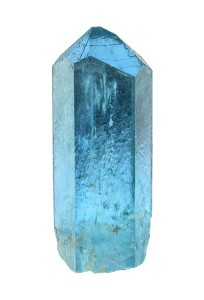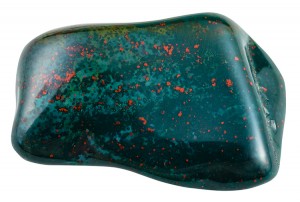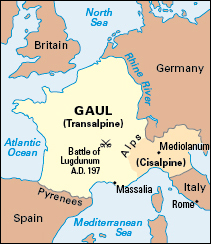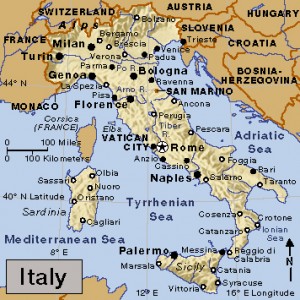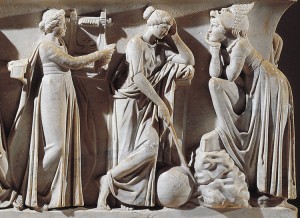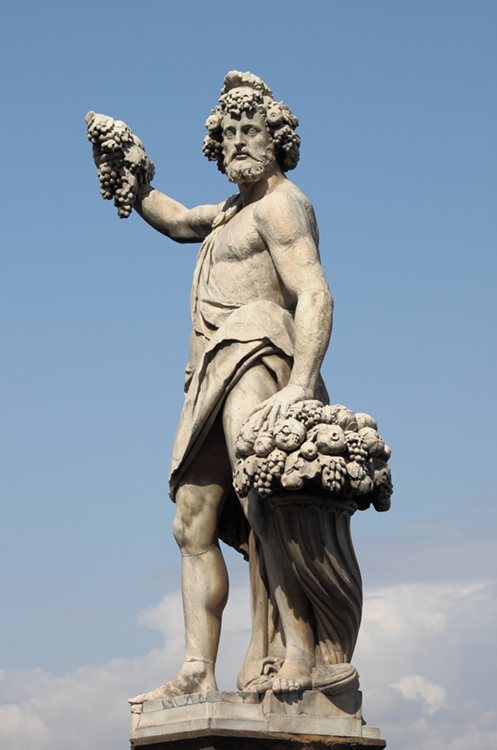Aquamarine & Bloodstone
Monday, March 11th, 2019March 11, 2019
If your birthday is in March, you have two birthstones (gems associated with the month of your birth): aquamarine and bloodstone (a variety of chalcedony). Aquamarine is a light blue or bluish-green gem. It is cut in facets (polished flat surfaces) and used in all types of jewelry. Bloodstone is a dark green gem with red spots. It too is used in jewelry, but it is also associated with Christianity.
Aquamarine is a variety of the mineral beryl. The most popular color is a clear sky-blue. Aquamarine is often treated with heat to improve its color. Almost all aquamarine is transparent. Aquamarines have been known since ancient times, when legends said the gems could help people relax or could act as an antidote to poison. The ancient Romans believed the gem could cure laziness and produce courage. The most important source of aquamarines is Brazil.
Bloodstone, a variety of the mineral Chalcedony, is related to agate, carnelian, and onyx. Chalcedony was named for the ancient town of Chalcedon, in what is now Turkey, which is near deposits of the mineral. Bloodstone is sometimes called Martyr’s Stone or Christ’s Stone because legend attributed the gem’s red spots to the blood of Jesus Christ. The ancient Greeks called bloodstone heliotrope (also a type of flower) for the way it reflects light. The Babylonians used bloodstone to make amulets, decorative vessels, and seals.
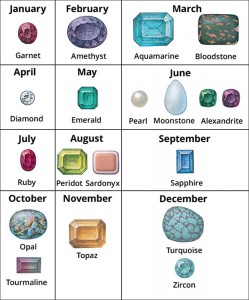
Click to view larger image
Birthstones, according to tradition, bring good luck when worn by a person born in the associated month. Credit: WORLD BOOK illustrations by Paul D. Turnbaugh
According to tradition, a birthstone brings good luck to a person born in its month. Each birthstone also corresponds to a sign of the zodiac. The belief in birthstones may have come from a Bible story about Aaron, the first high priest of the Israelites. The story describes Aaron’s breastplate, which was decorated with 12 precious stones. Early writers linked these stones with the 12 months of the year and the 12 signs of the zodiac. The custom of wearing a stone that represented a person’s zodiac sign probably originated in Germany or Poland in the 1700′s.

